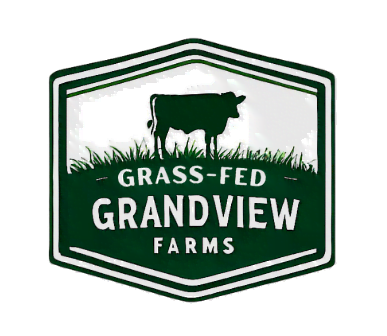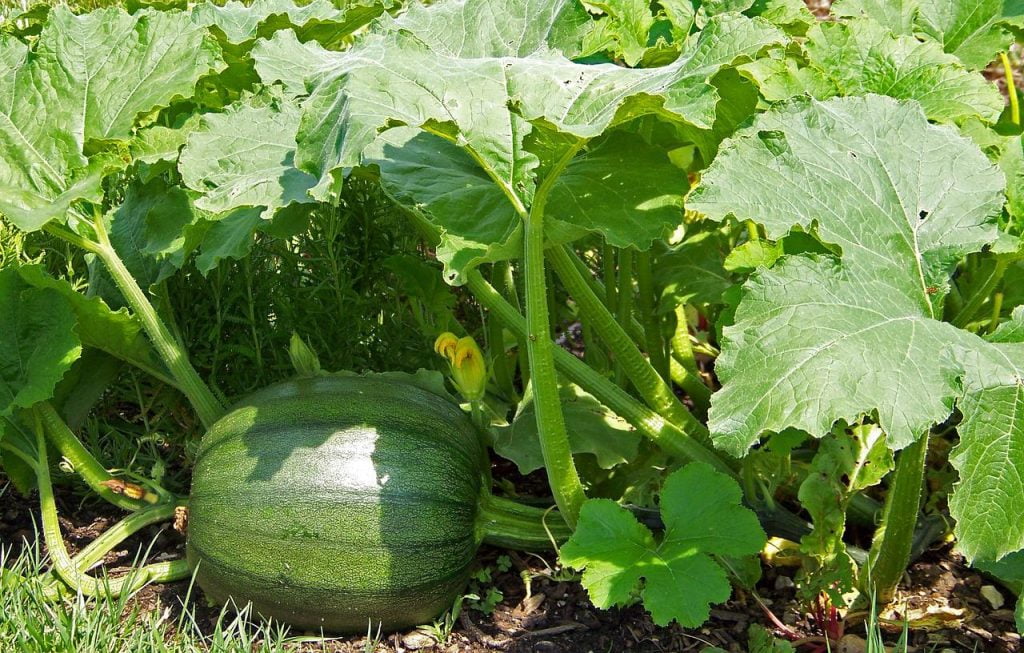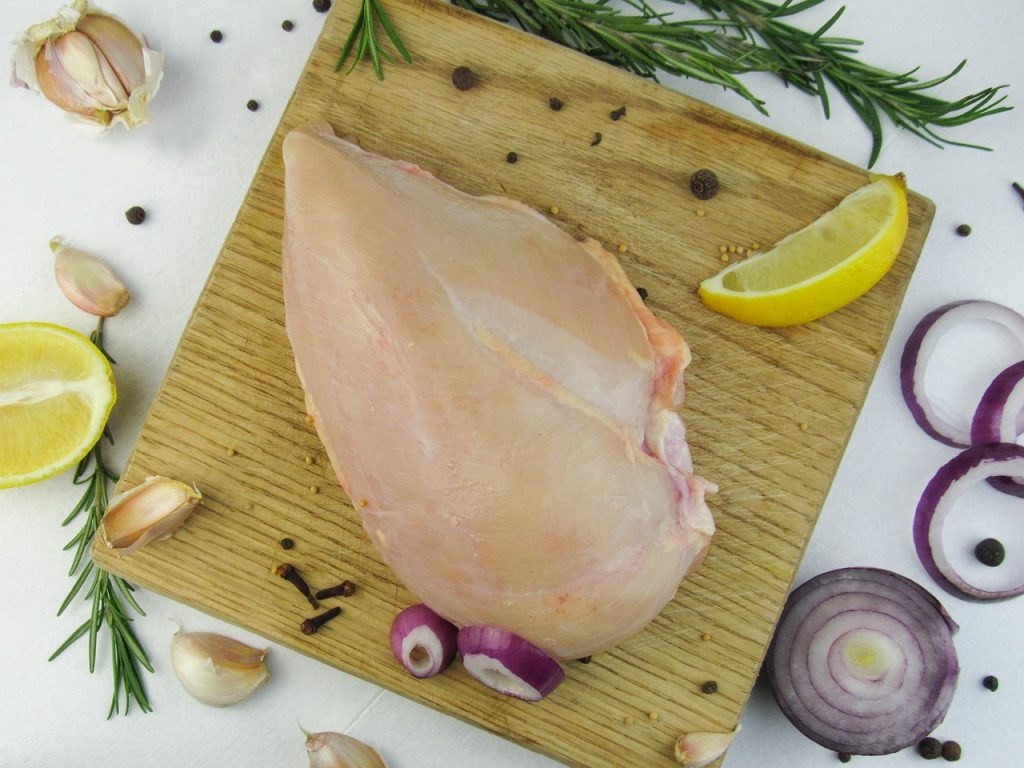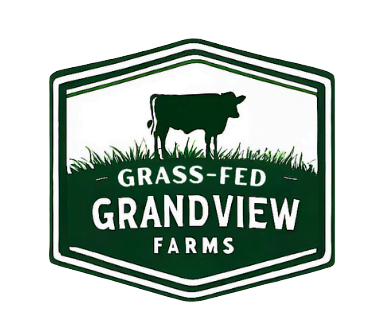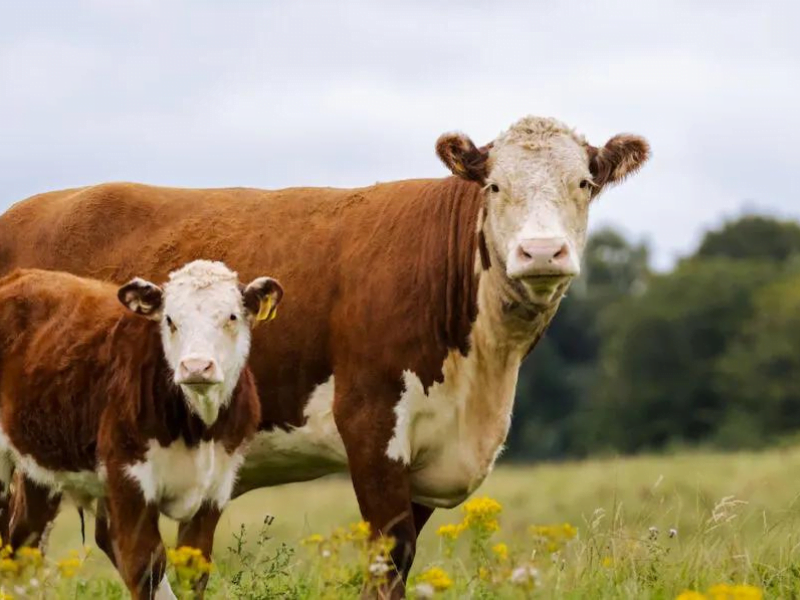
Britain, a tapestry of windswept hills, rugged coastlines, and charming villages, also boasts a remarkable culinary landscape. But beyond the ubiquitous fish and chips and hearty roasts lies a treasure trove of regional flavors, each infused with the character of its birthplace. This journey delves into the heart of British food, exploring unique British cattle breeds and recipes that whisper tales of the land and its people.
Tales of the Terroir: Delectable Diversity in British cattle Breeds
The diverse British Isles nurture a kaleidoscope of livestock breeds, each boasting distinct qualities and contributing to the nation’s culinary tapestry.
The Mighty Herdwick Sheep: Hailing from the windswept fells of Cumbria, the Herdwick sheep’s meat is renowned for its rich, gamy flavor, a product of its hardy, herb-rich diet. Did you know? Herdwick mutton was once favored by royalty, even gracing Queen Victoria’s table! (Source: Lake District Farmers’ Market https://www.visitcumbria.com/farmers-markets/)
The Delightful Dorset Black: This rare pig breed, with its sleek black coat and gentle nature, produces succulent, marbled meat with a delicate sweetness. Fun fact: The Dorset Black is featured in the UK’s Ark of Taste, recognizing endangered food traditions! (Source: Rare Breeds Survival Alliance https://www.rbst.org.uk/)
The Delectable Devon Closewool: This ancient British cattle breed thrives on Devon’s lush meadows, this sheep producing a fleece praised for its softness and meat known for its depth of flavor. Curious fact: Devon Closewool lamb is often enjoyed in traditional “squab pie,” a savory pastry bursting with meaty goodness. (Source: Devon Closewool Breeders Society http://devonclosewool.com/)
From Field to Fork: Regional Recipes Rooted in History
These unique British cattle breeds inspire a wealth of regional recipes, each reflecting the land’s bounty and local culinary traditions.
Cullen Skink, Scotland: This hearty soup originates from the Aberdeenshire coast, where smoked haddock, potatoes, and cream intertwine in a creamy, soul-warming embrace. Did you know? Cullen Skink was once a staple for fishermen, fueling them during long days at sea. (Source: Visit Scotland https://www.tastingtable.com/1128760/scotlands-cullen-skink-is-the-comforting-dish-you-need-this-winter/)
Bara Brith, Wales: This moist fruitcake, studded with raisins, sultanas, and candied peel, is a cherished symbol of Welsh hospitality. Fun fact: Bara Brith was traditionally baked in a “pwythe,” a large round pot suspended over an open fire. (Source: BBC Good Food https://www.bbc.co.uk/food/recipes/bara_brith_40487)
Ulster Fry, Northern Ireland: This robust breakfast platter celebrates the bounty of the region, featuring sausages, bacon, eggs, soda bread, and potato bread. Interesting tidbit: The Ulster Fry is said to have originated in the early 20th century as a post-night-shift meal for factory workers. (Source: Tourism Ireland https://discovernorthernireland.com/)
A Taste of the Coast: Seafood Sensations from Island Shores
Britain’s island status grants it access to an abundance of fresh seafood, inspiring innovative dishes that sing with the vibrant essence of the sea.
Cornish Pasty: This iconic pastry, hailing from Cornwall, encases a savory filling of seasoned meat and vegetables, traditionally enjoyed by miners as a portable lunch. Did you know? The pasty’s crimped edge served a practical purpose – miners could hold it without dirtying their hands. (Source: The Cornish Pasty Company https://westcornwallpasty.co.uk/)
Smoked Kippers, Isle of Man: These succulent herring, gently smoked over Manx peat, deliver a complex, smoky flavor that’s quintessentially Isle of Man. Fun fact: Smoked kippers were traditionally enjoyed for breakfast, often paired with poached eggs and toast. (Source: Isle of Man Food & Drink https://www.iomfoodanddrink.com/festival/)
Arbroath Smokies, Scotland: This delicacy hails from the picturesque town of Arbroath, where haddock is cold-smoked over oak chippings, lending it a unique sweetness and melt-in-your-mouth texture. Interesting tidbit: Arbroath Smokies were once a favorite of Queen Victoria, who requested them be sent to Windsor Castle regularly. (Source: Scotland’s National Food & Drink Guide https://foodanddrink.scot/)
Sweet Endings: Indulgent Treats with Local Flair
No culinary journey is complete without a touch of sweetness, and Britain boasts a treasure trove of regional desserts that tantalize the taste buds with their unique flavors and stories.
Treacle Tart, Yorkshire: This golden syrupy tart, with its buttery pastry crust and gooey treacle filling, is a quintessential Yorkshire comfort food. Did you know? The origins of treacle tart can be traced back to medieval times, when it was made with honey or molasses.
Welsh Cakes, Wales: These small, griddle-cooked cakes, traditionally made with a mixture of flour, butter, sugar, and spices, are a delightful treat enjoyed throughout Wales. Fun fact: Welsh cakes were traditionally cooked on a “bakestone,” a hot iron slab placed over an open fire.
Cranachan, Scotland: This layered dessert, featuring toasted oats, whipped cream, honey, and fresh raspberries, is a celebration of Scotland’s bounty. Interesting tidbit: The name “cranachan” is said to come from the Gaelic word “cran,” meaning “berries.”
Beyond the Plate: A Celebration of Food and Culture
British food is more than just ingredients and recipes; it’s a tapestry woven with history, tradition, and the spirit of the land. Exploring the unique breeds and regional dishes is a journey that unveils the stories of the people who have shaped this culinary landscape. So, the next time you savor a succulent Herdwick lamb chop or bite into a warm Welsh cake, remember, you’re not just indulging in a meal; you’re experiencing a taste of Britain’s vibrant food culture.
Food Fun Facts:
Did you know that the humble sandwich was invented by an Englishman, John Montagu, the 4th Earl of Sandwich?
The world’s oldest recipe book, “Forme of Cury,” originated in England in the 14th century.
Haggis, Scotland’s national dish, is traditionally made with sheep’s or calf’s heart, liver, and lungs, mixed with oatmeal, spices, and suet.
Cornish clotted cream, a thick, spreadable cream, is a quintessential accompaniment to scones and jam.
This exploration of Island Flavors is just a glimpse into the vast and delectable world of British food. So, venture beyond the familiar, seek out the local gems, and discover the stories whispered on every plate. Your taste buds, and your sense of adventure, will thank you for it.
Further Exploration:
Visit local farmers’ markets and talk to the producers to learn more about the regional breeds and ingredients.
Try your hand at recreating some of the traditional recipes in your own kitchen.
Explore food festivals and events to immerse yourself in the vibrant culinary scene.
With a little curiosity and a dash of wanderlust, you can unlock a world of flavor and discover the magic of Island Flavors.
Thanks for reading blogs from Grandviewfarms.
You may also like:
Pasture Raised Cows: A Symphony of Nature, Taste, and Well-being
Support Local, Enjoy Beef: Embracing the Ethical and Delicious Choice of Pasture Fed Cows
Farm to Table Beef: The Future of Sustainable Meat Production
